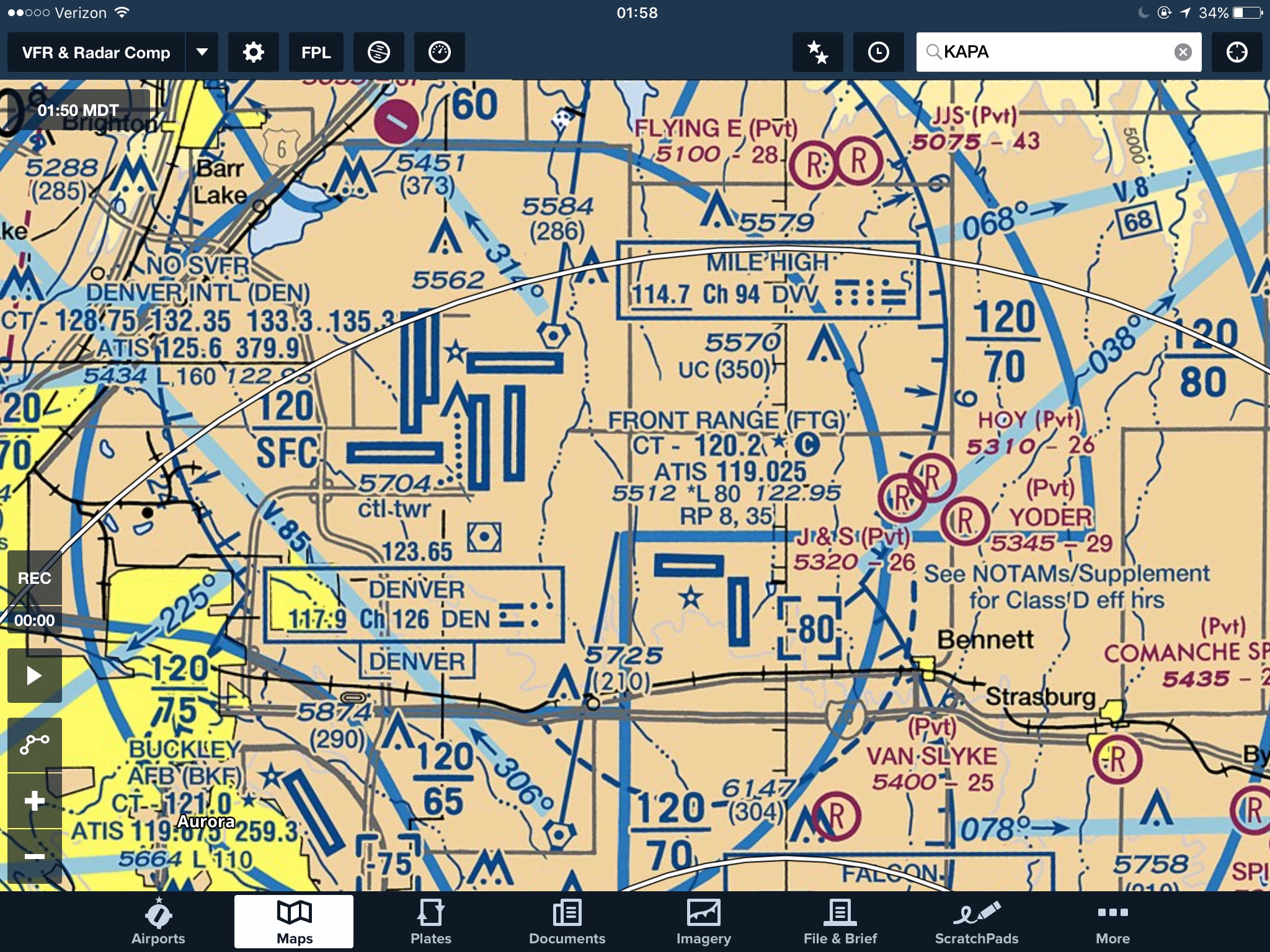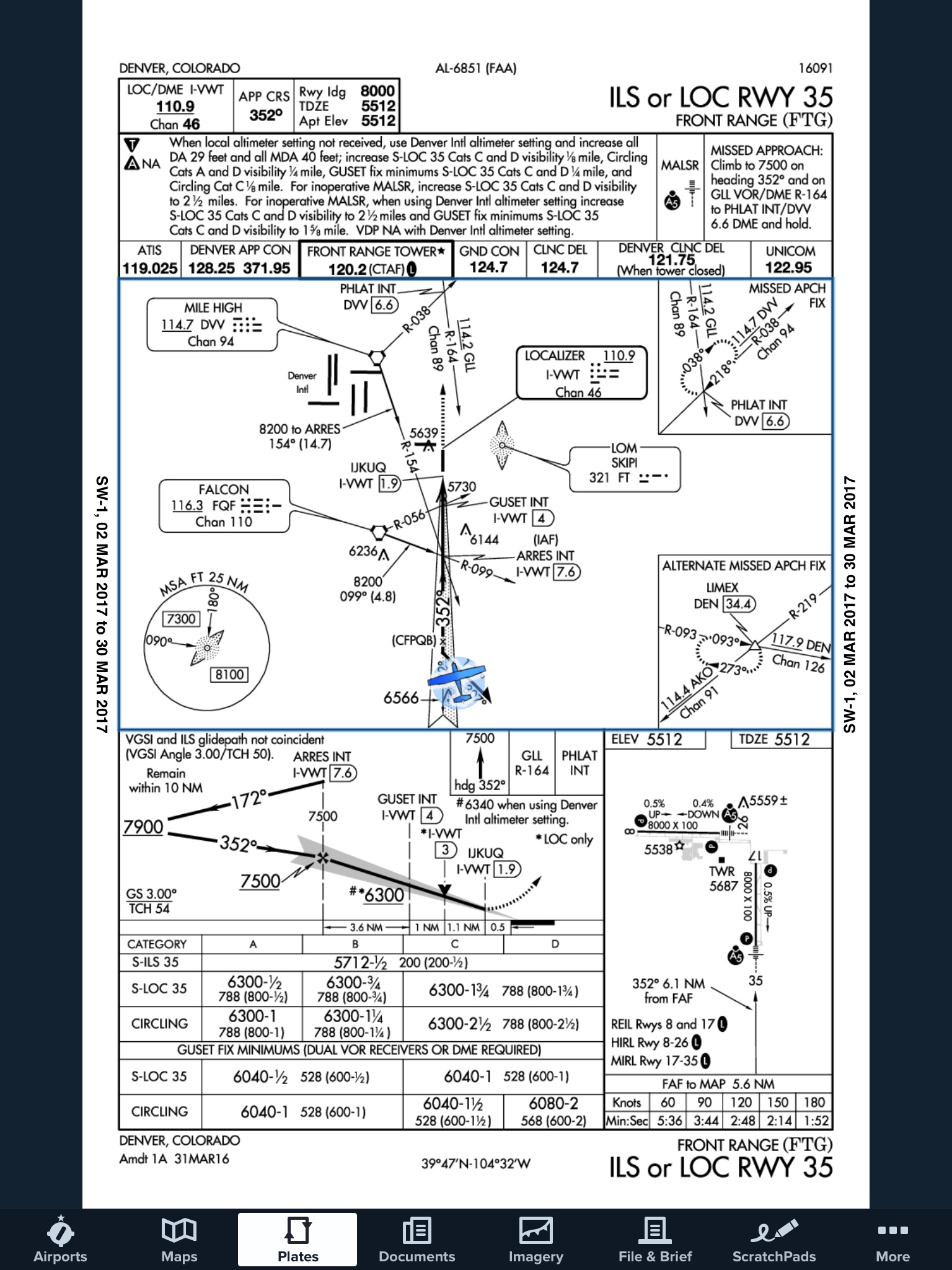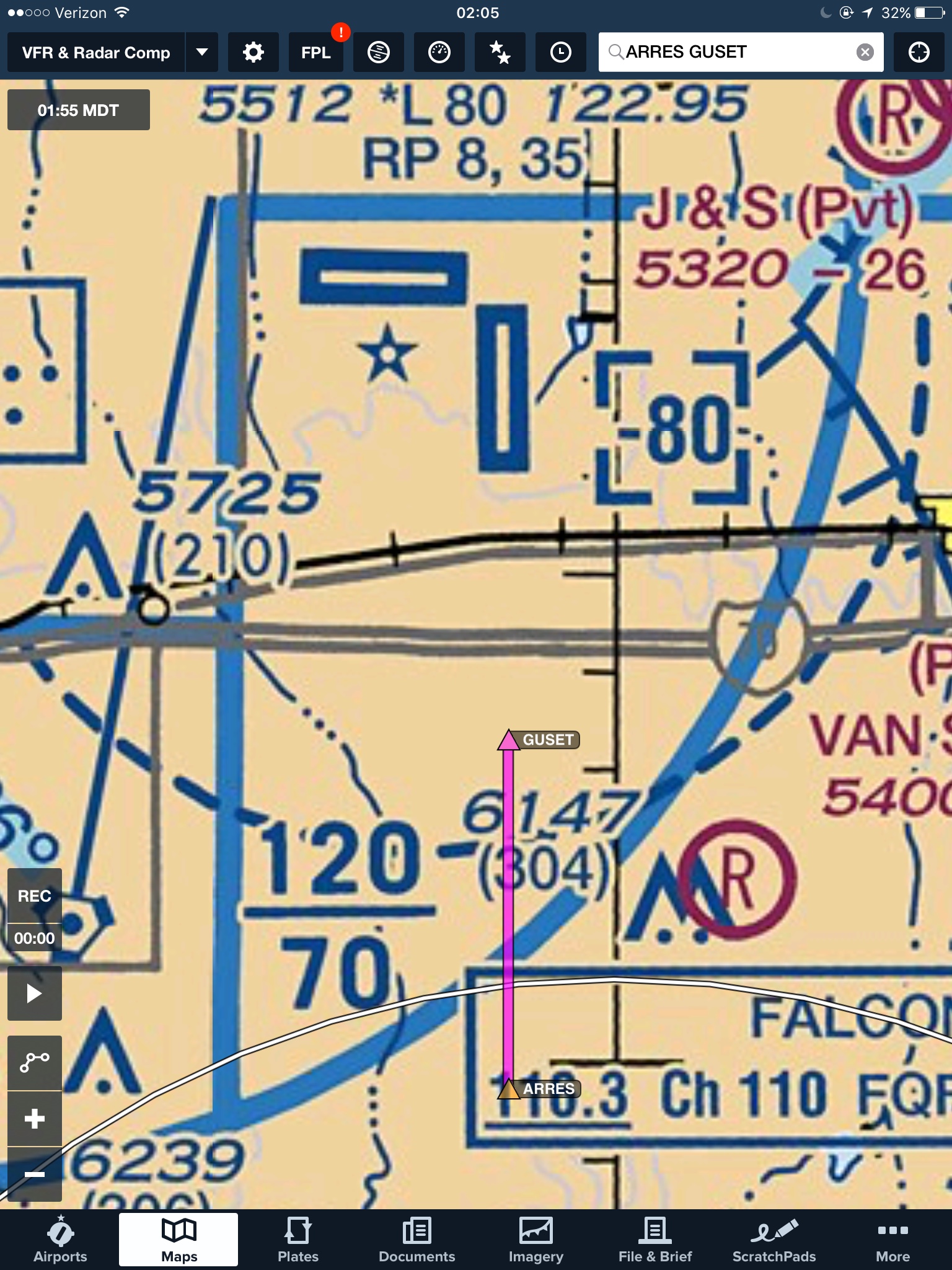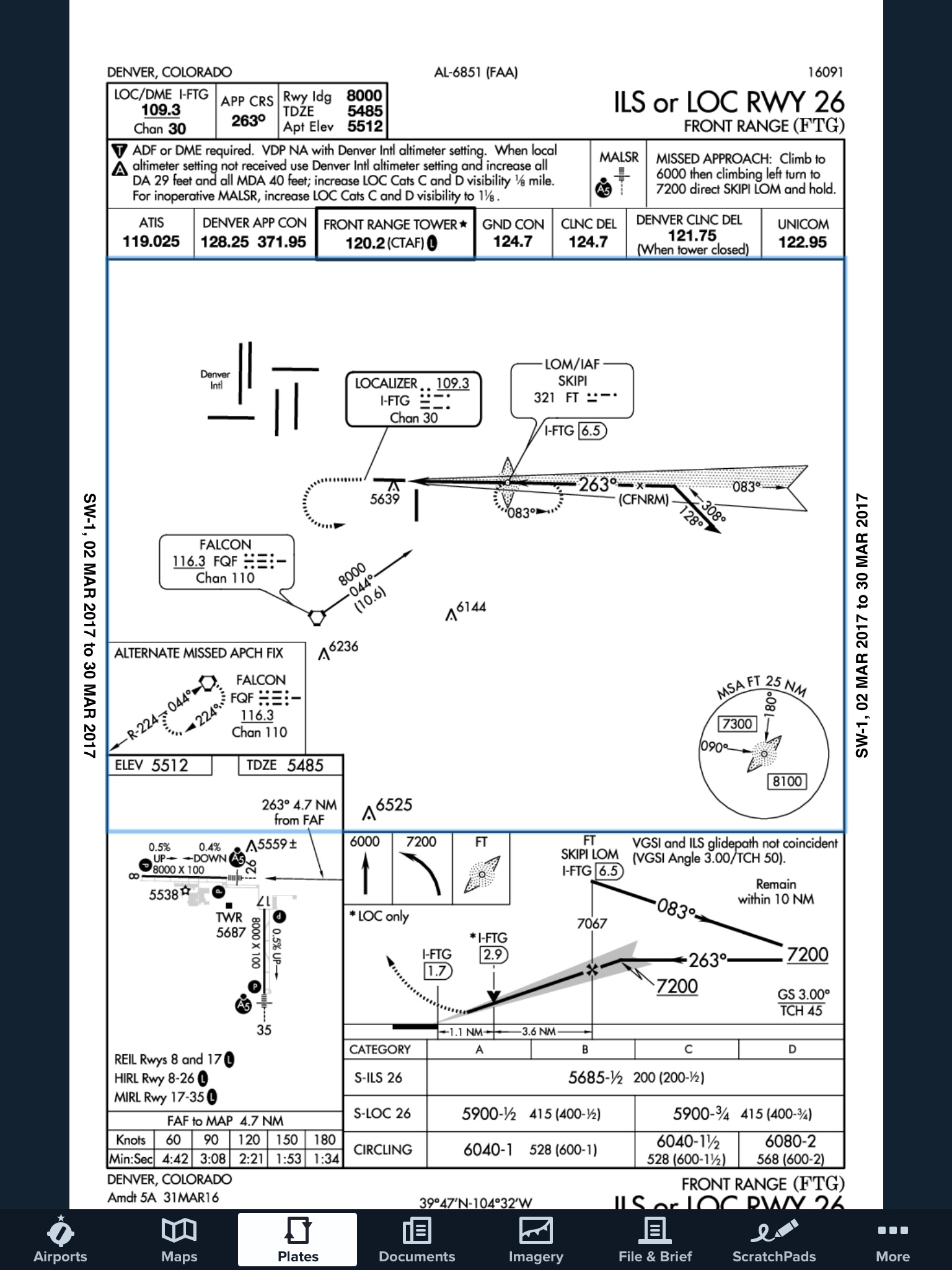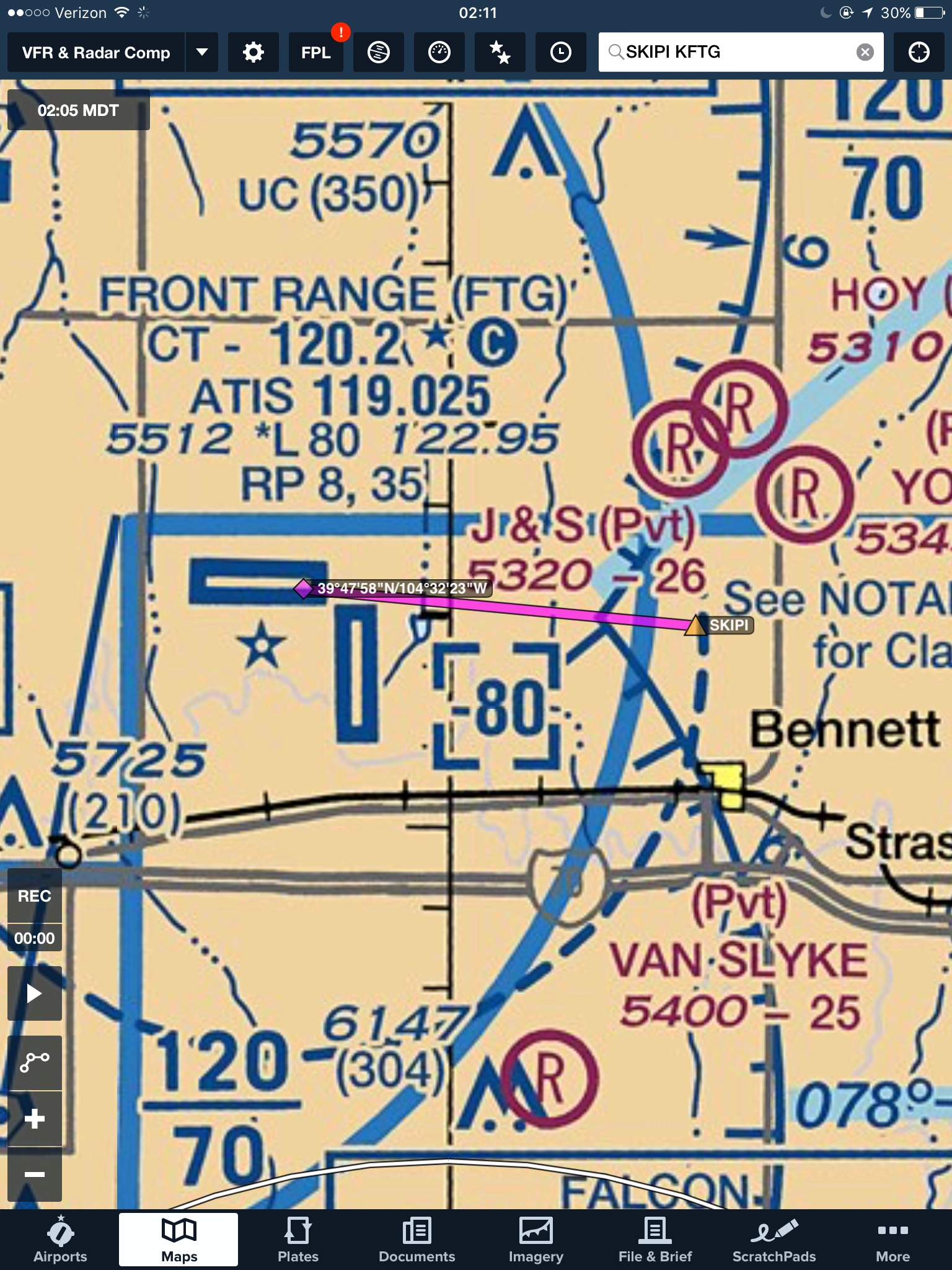Similar cut out for KFTG right in KDENs backyard.
People bust the Bravo all the time by not turning left after departing on 26 by Imboden Road where the Bravo drops to the surface, or going north of 08/26. Or by climbing. The Delta top says -80, but the vast majority of the Delta is topped by the Bravo at 7000.
You also have to watch it if you're flying the ILS 35 VFR for practice. If you're at 7500 at ARRES you don't have very far to go to the 7000 shelf ahead.
(Yes, my house is way out on the far extended centerline almost of KFTG 35... at the airplane marker. Grin...)
DEN TRACON often will vector you onto the final right around there and NOT say the magic words, "cleared into the Bravo"... and almost acts annoyed if you ask if it's okay to clip the Bravo on the way down if you or the person you're safety pilot for isn't coming down right away at ARRES and is high on the glideslope. There isn't much wiggle room there.
The ILS 26 is also tight, too ... but a little better, in that you're at 7200 at SKIPI. You still need to be on your way down right now, at SKIPI though.
That's the charts.
In practice, DEN TRACON seems to not say a word as folks clip both edges flying the approaches VFR all the time, I'm sure.
They're talking to you and know where you are and forget to issue or don't want to issue the Bravo clearance about 99.99% of the time. So technically you need to drop. Quick.








